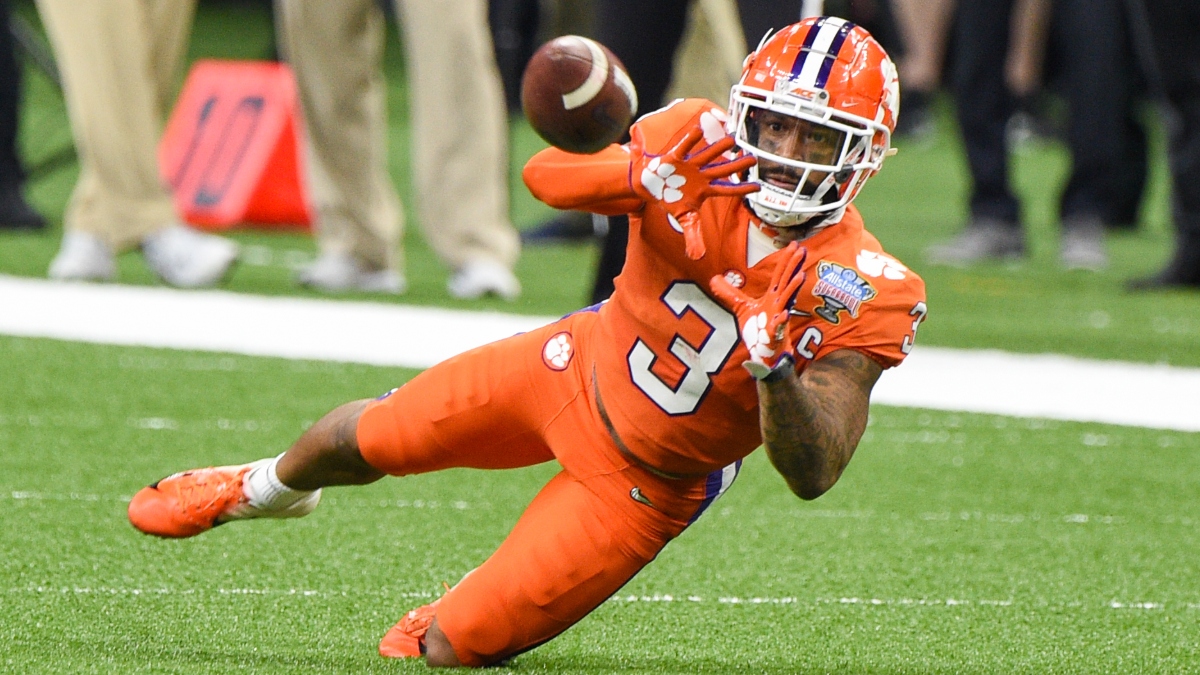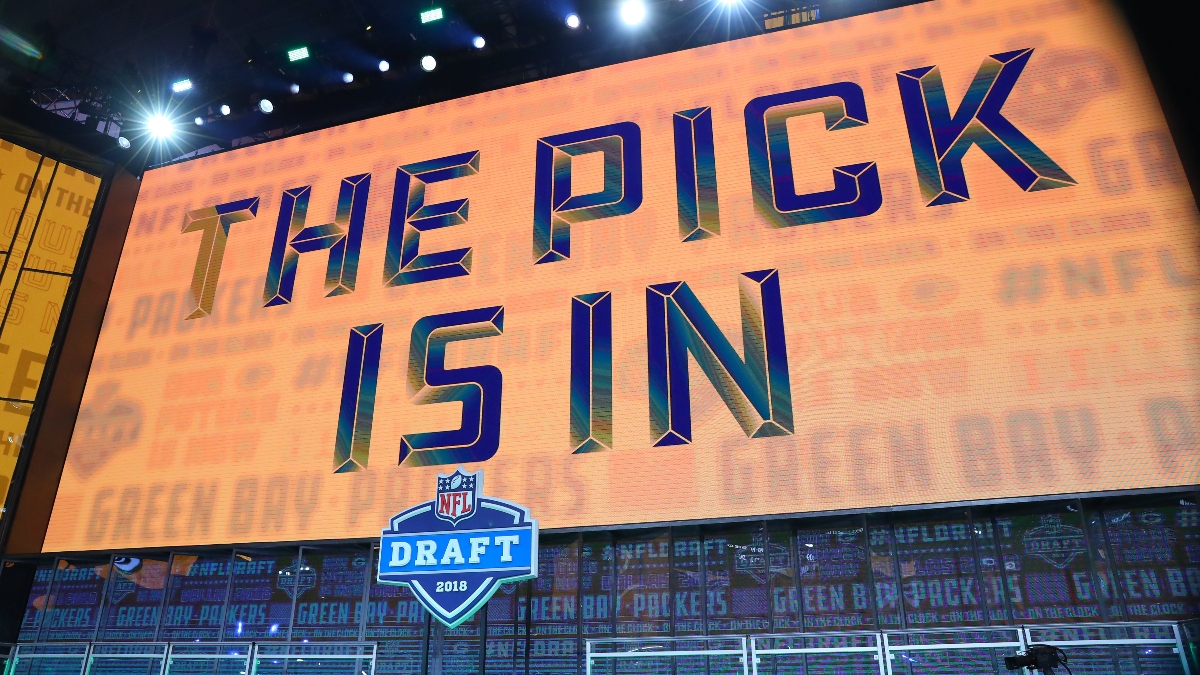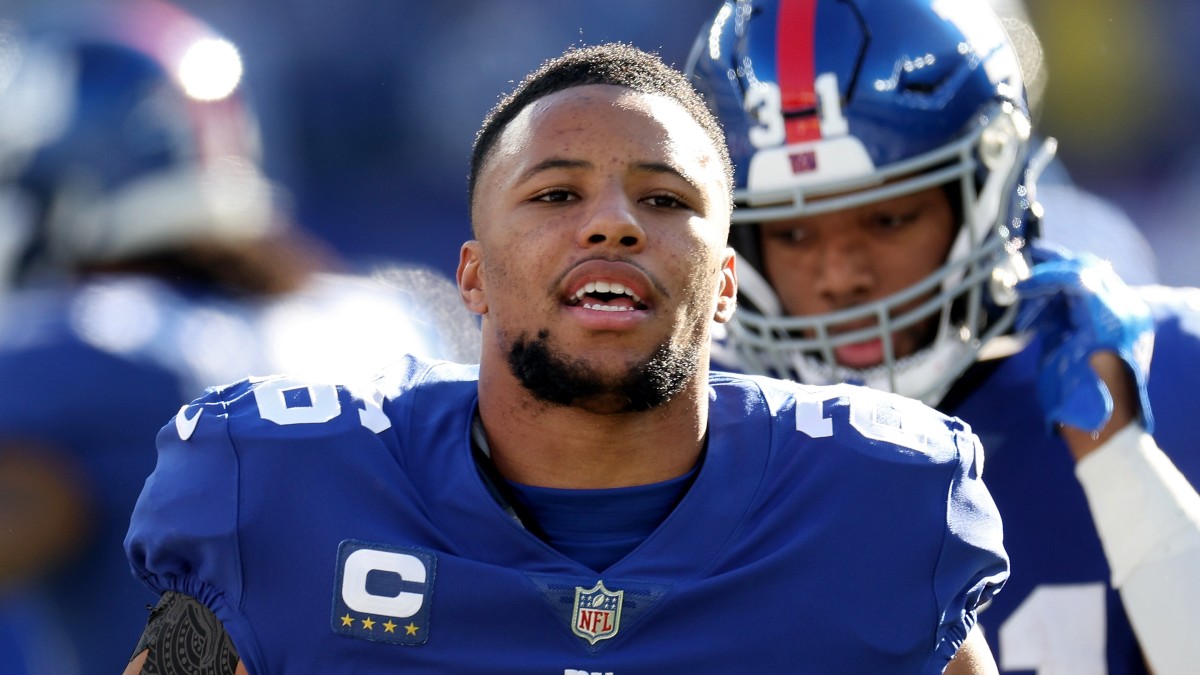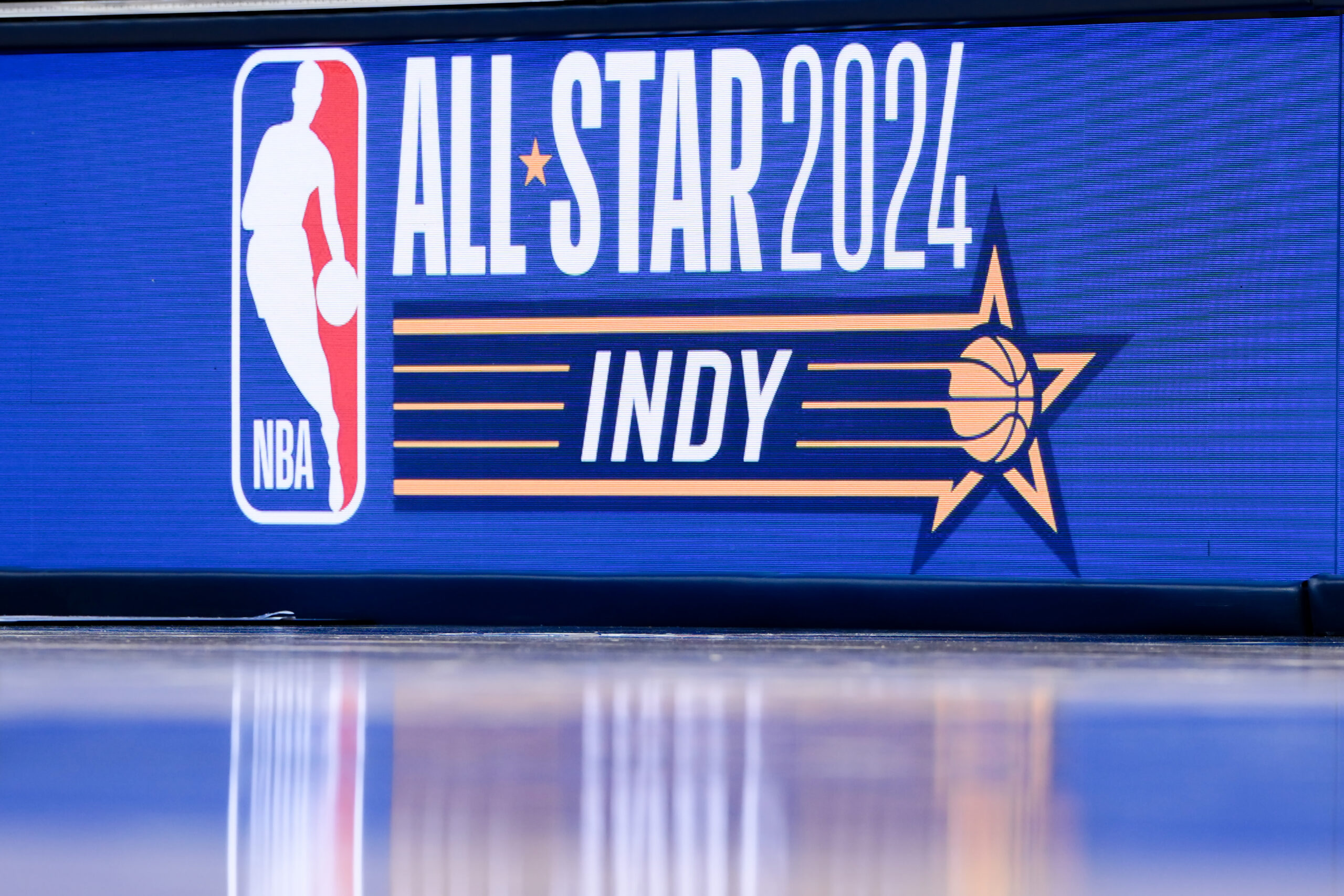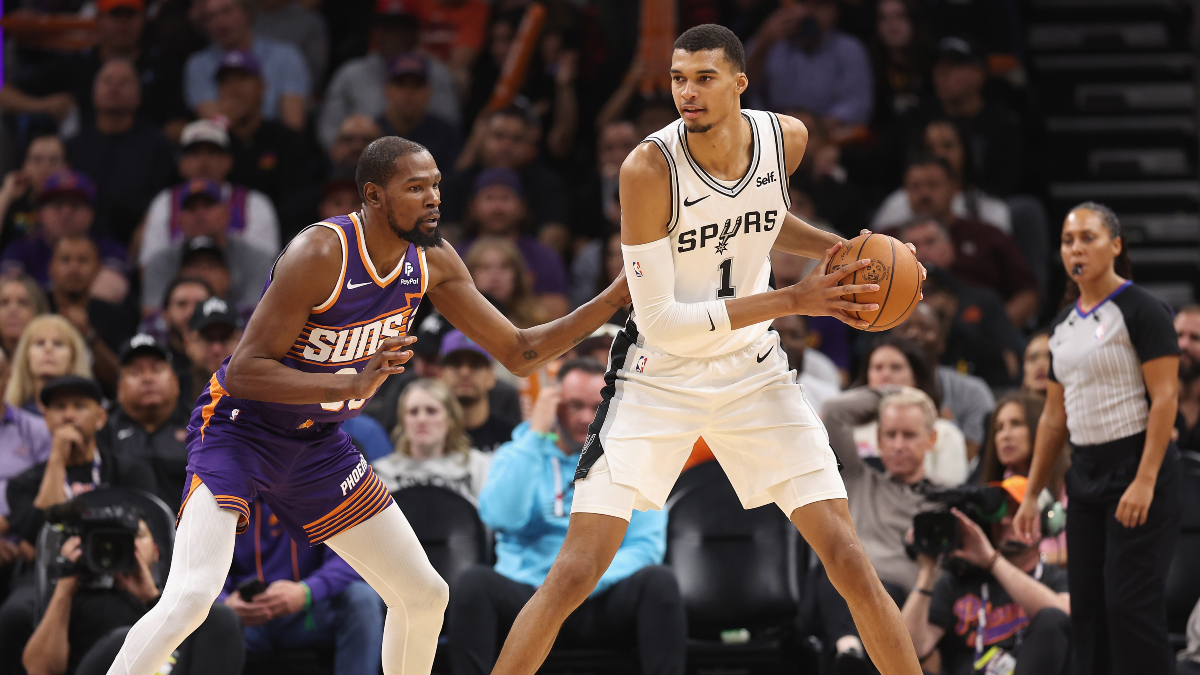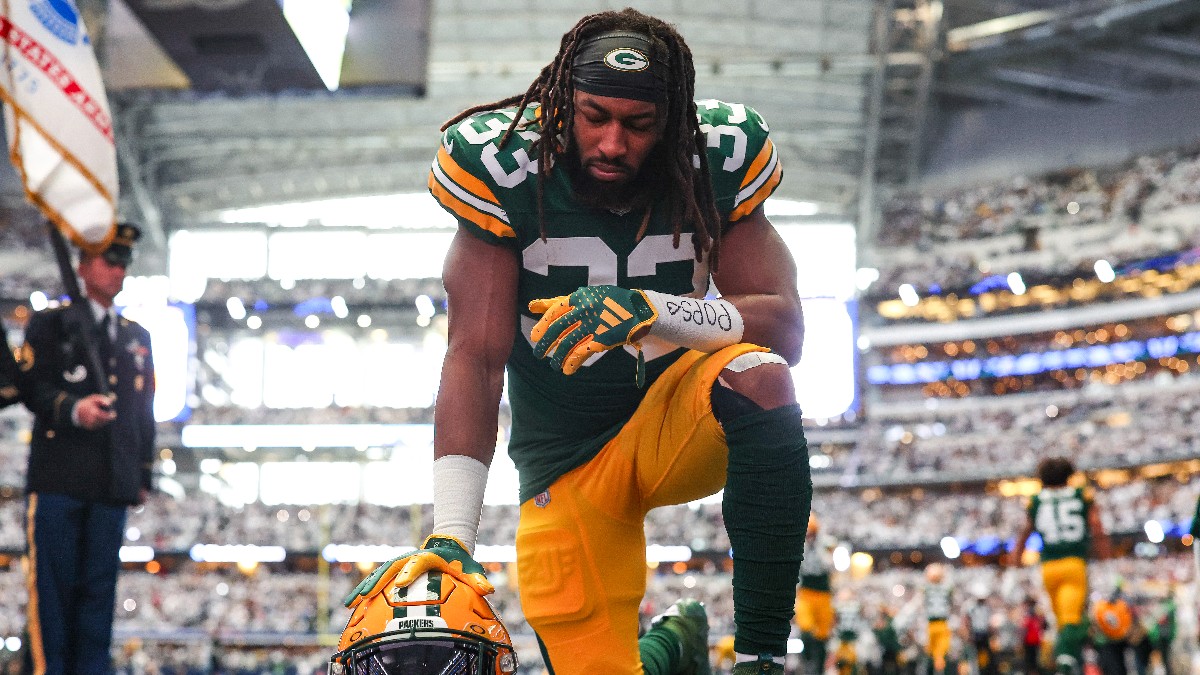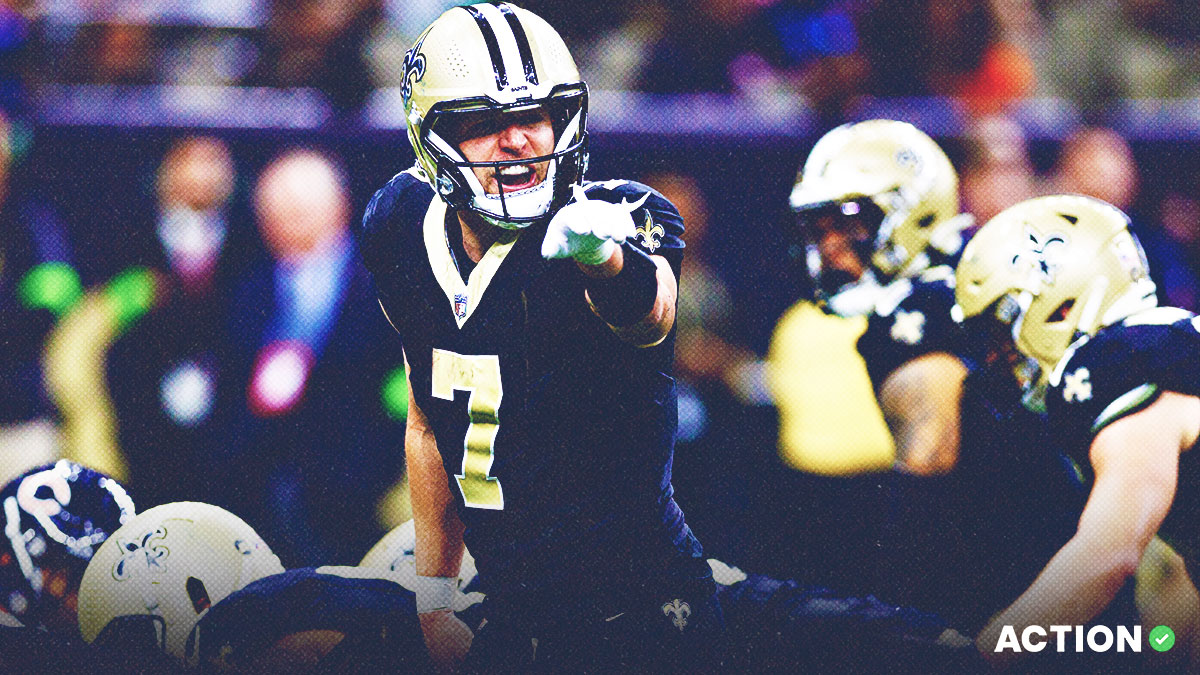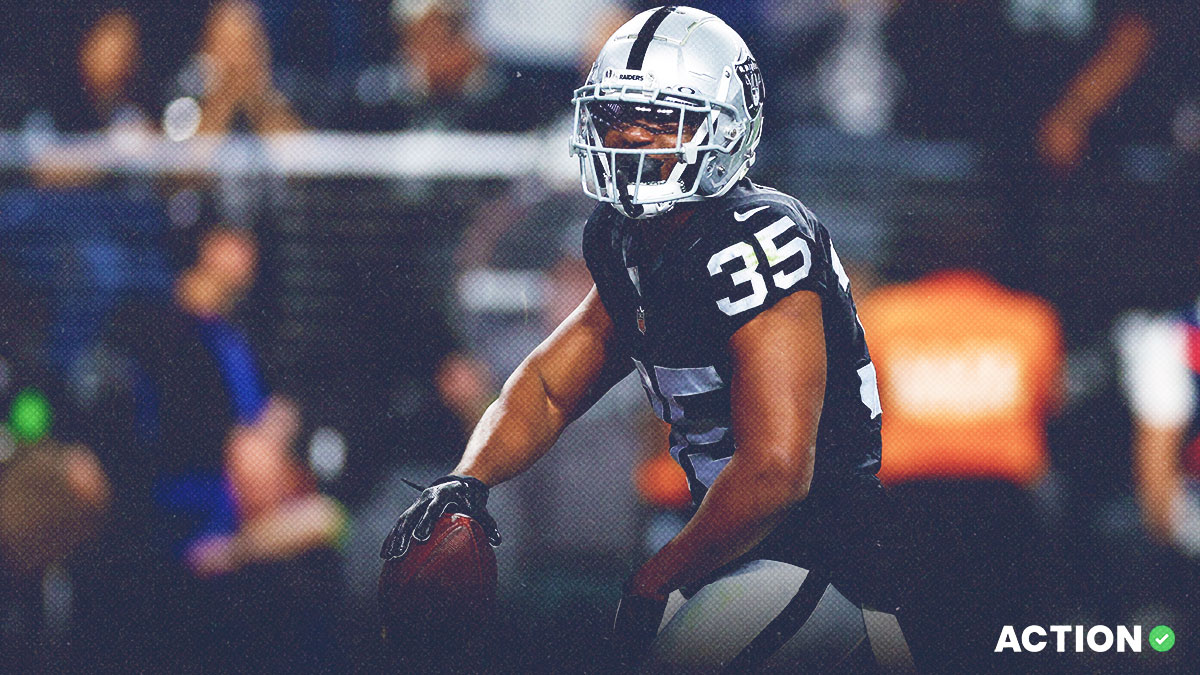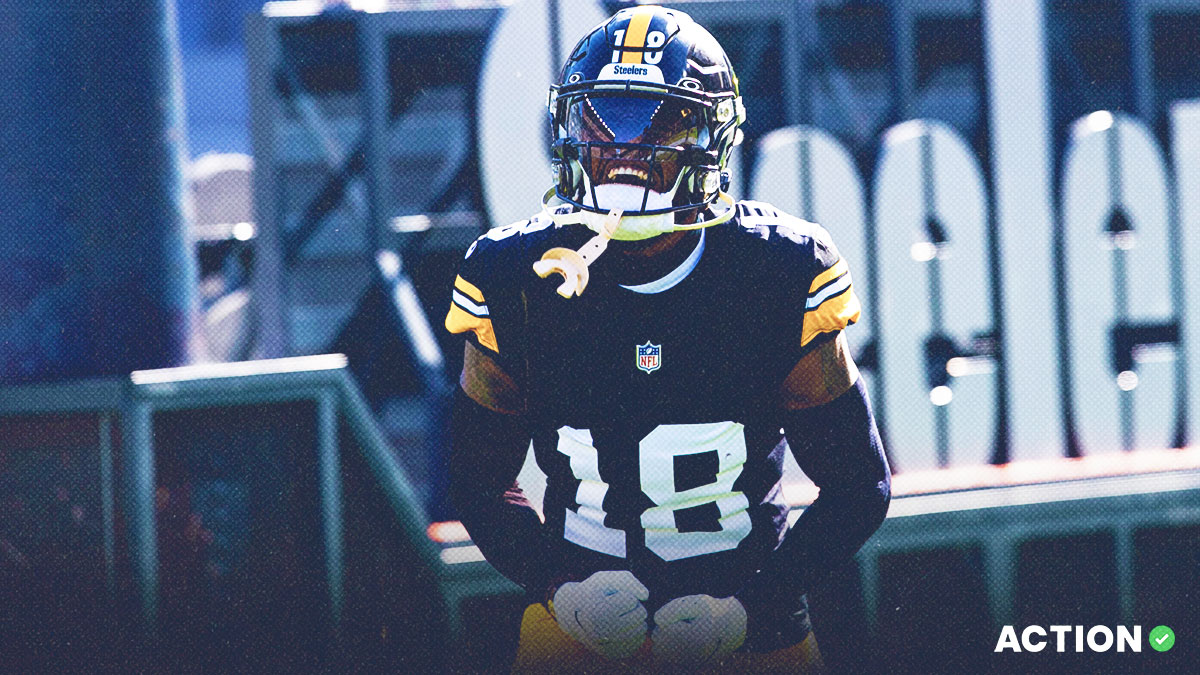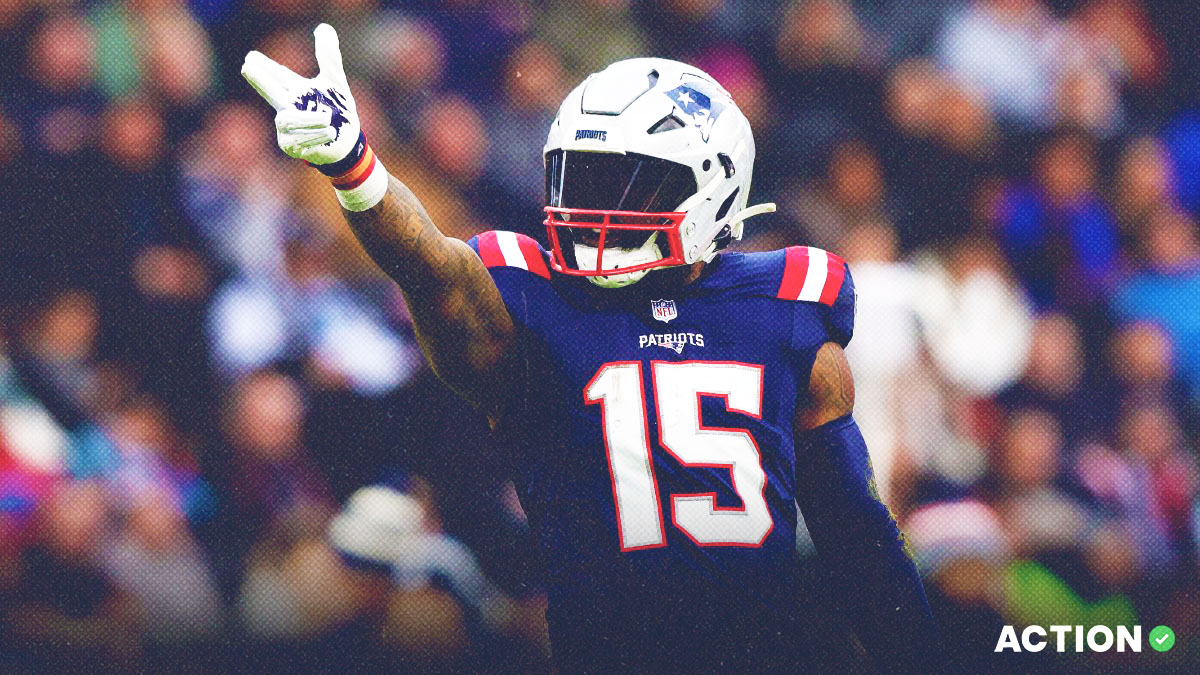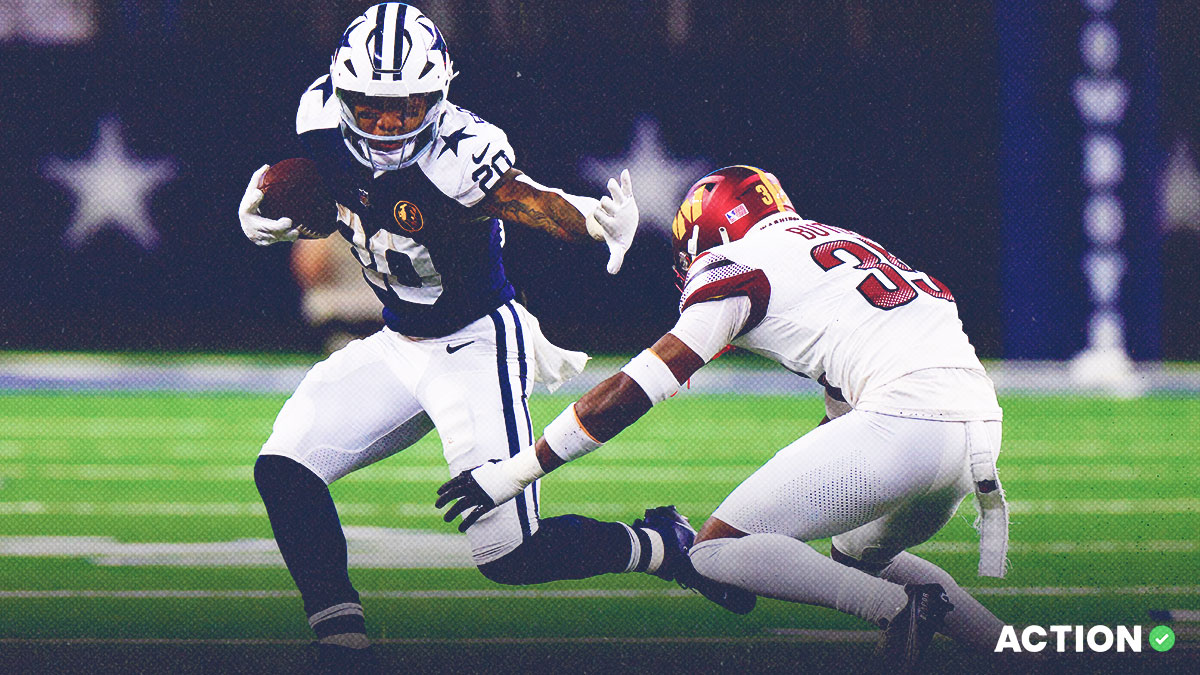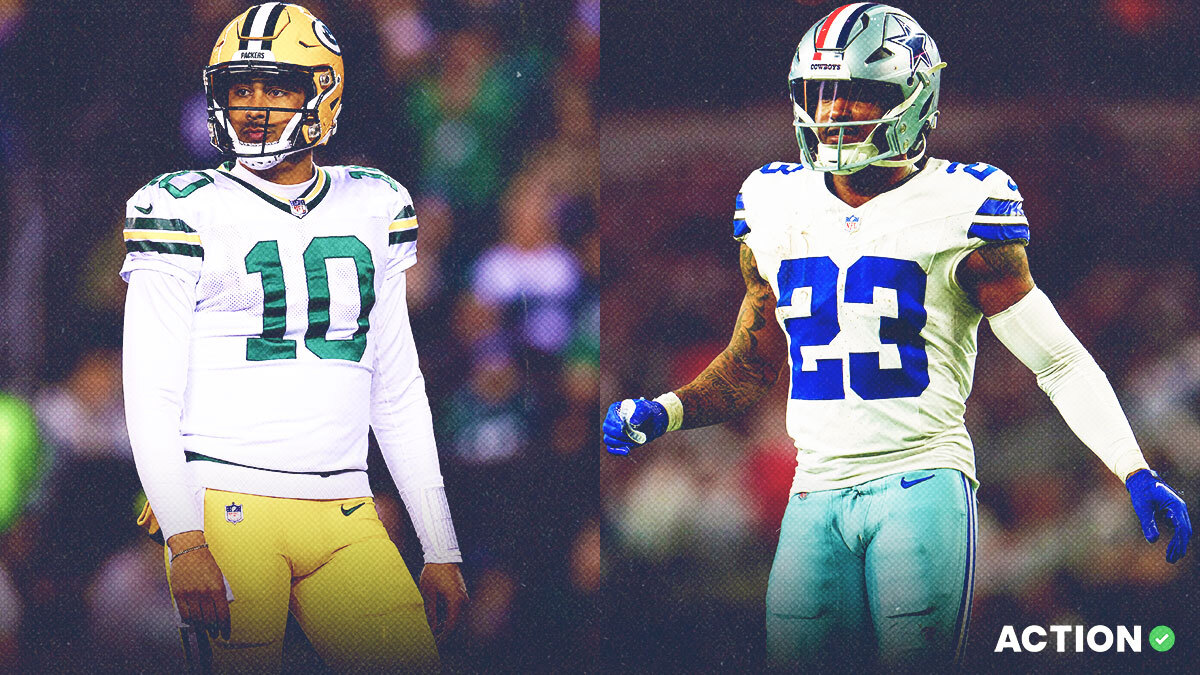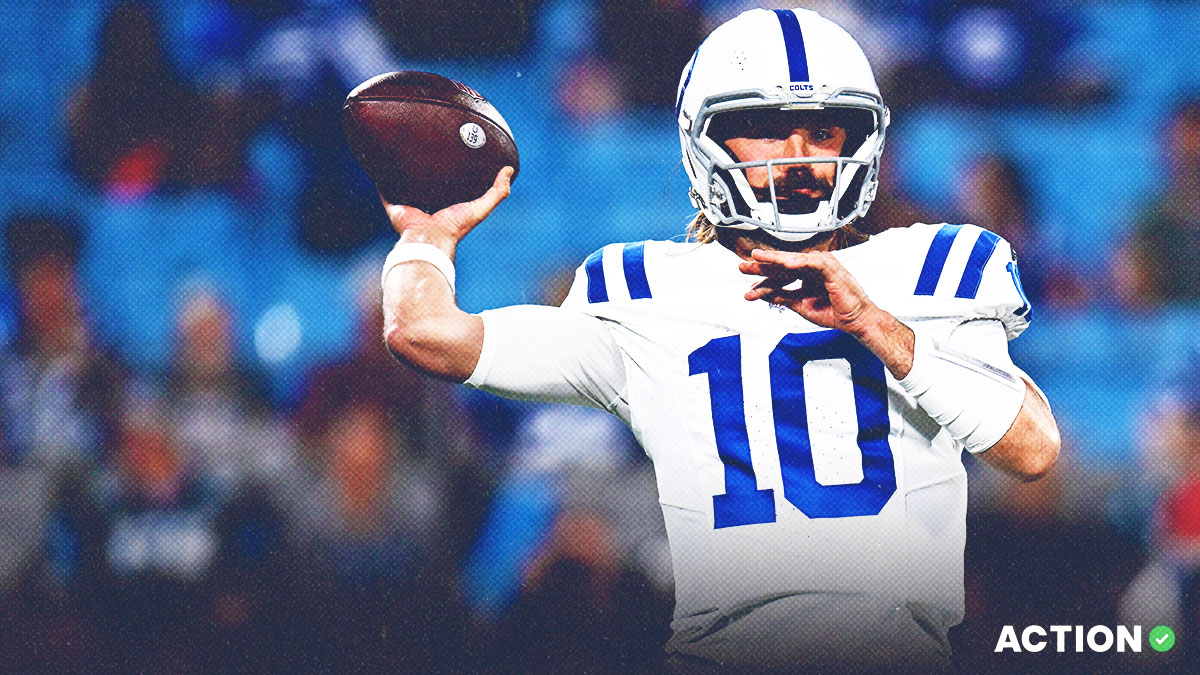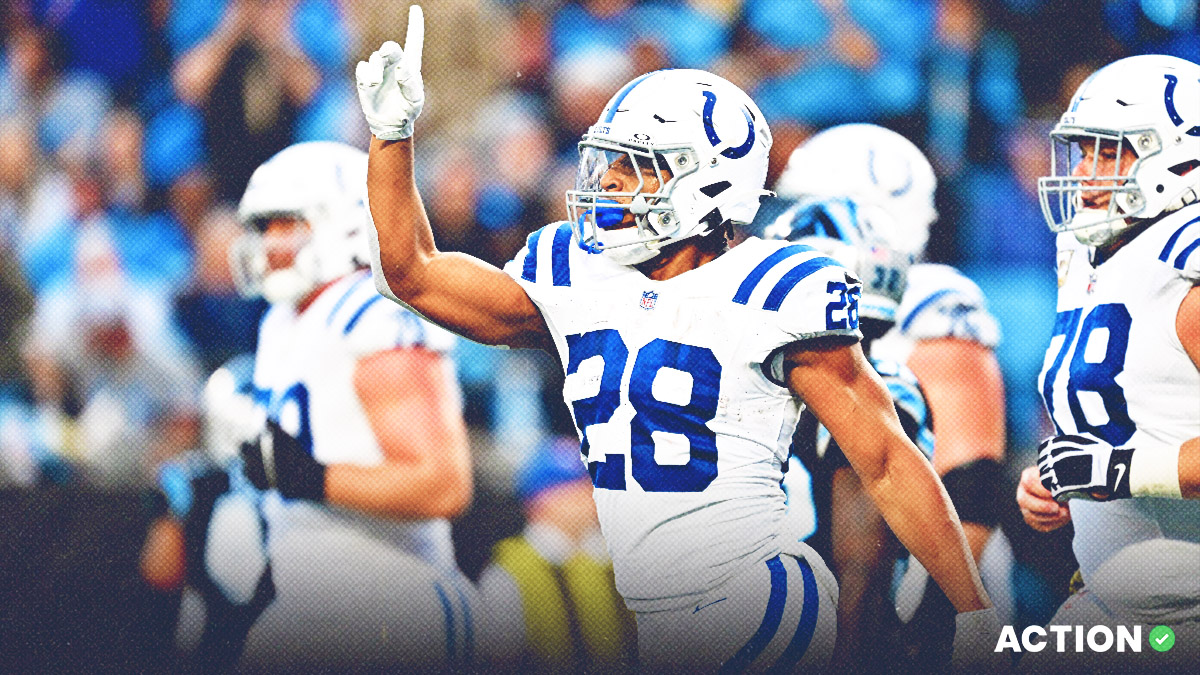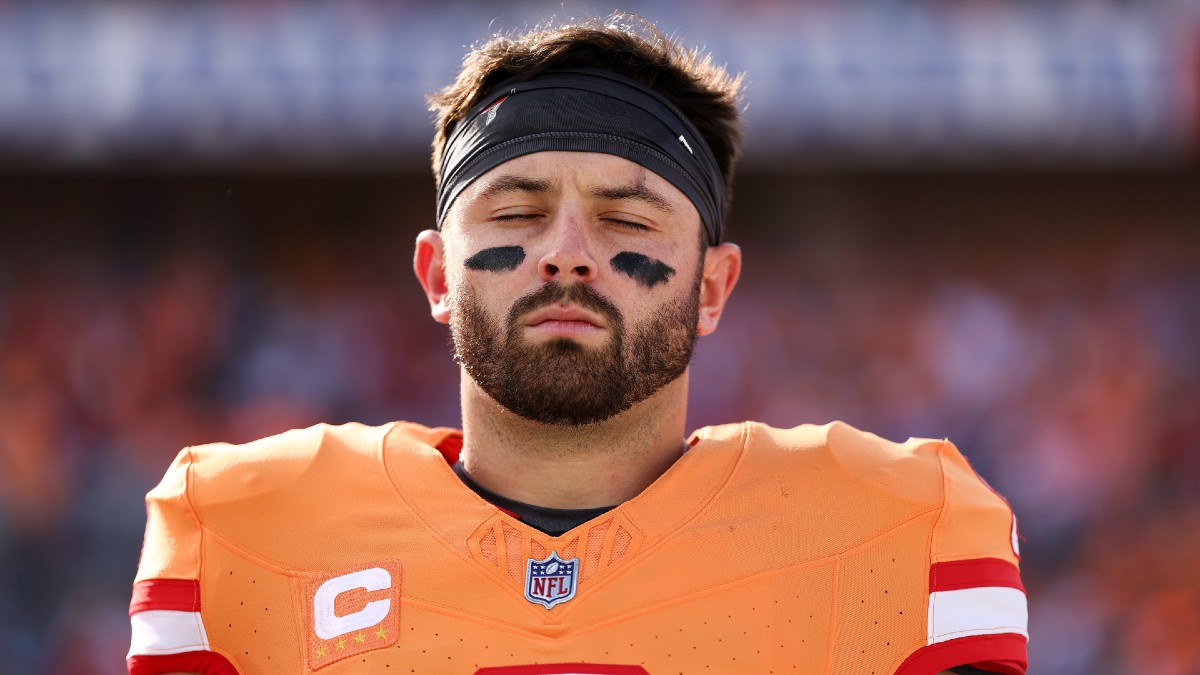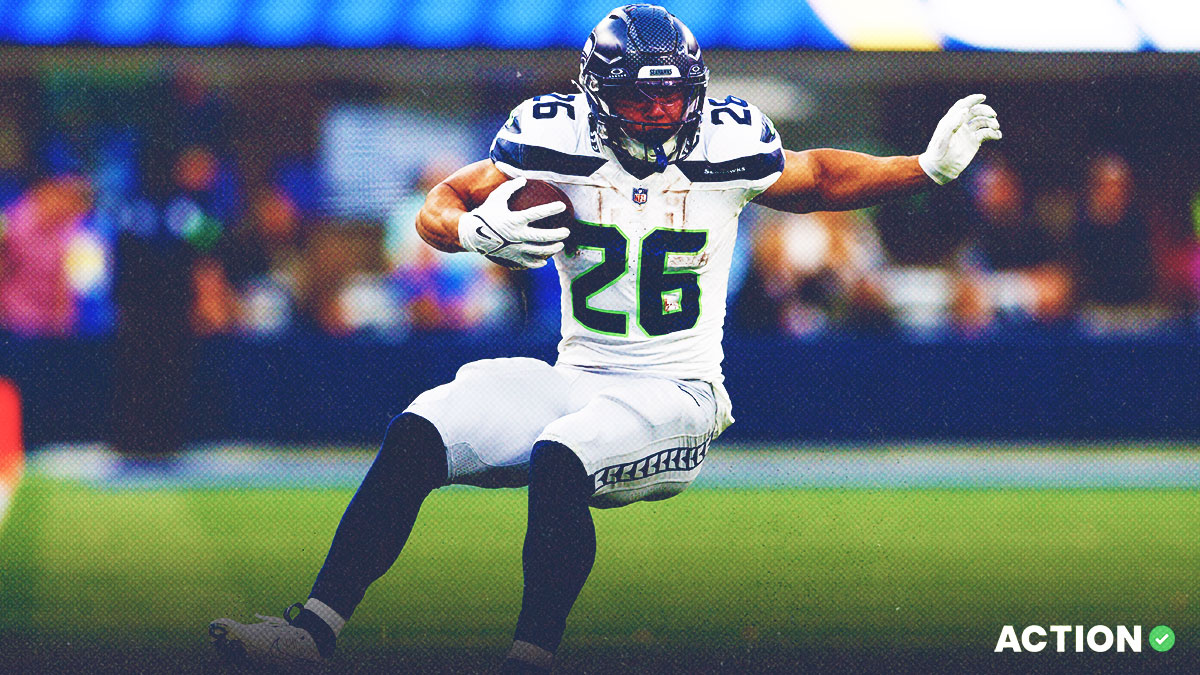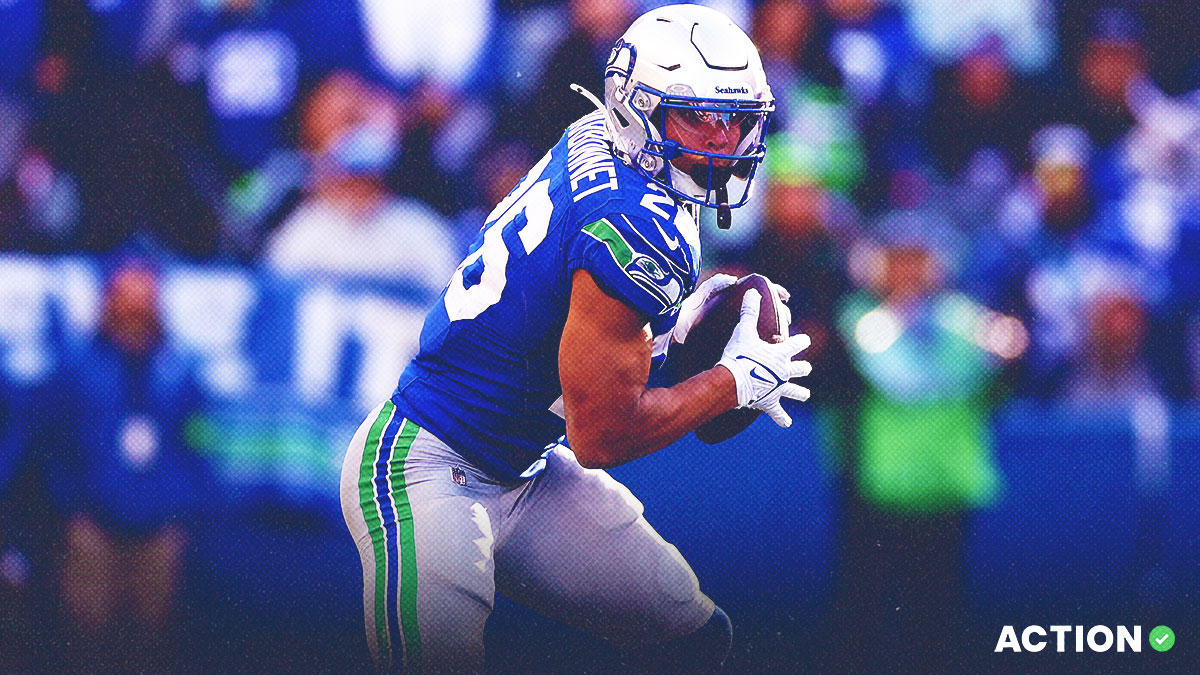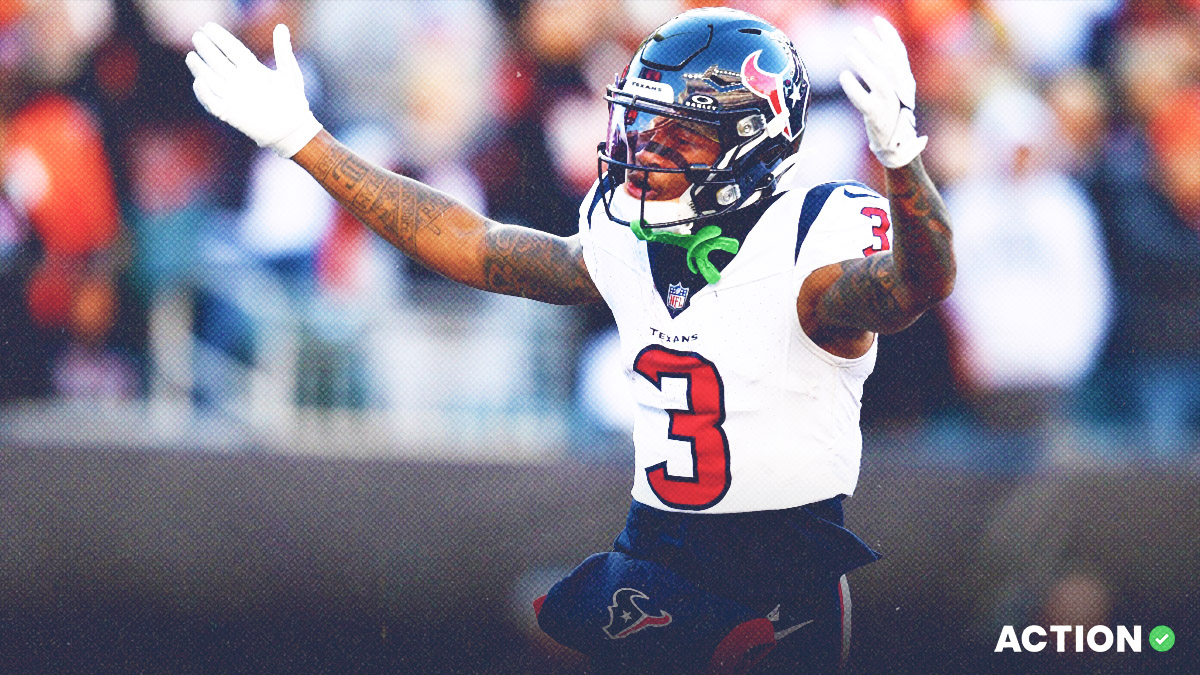Amari Rodgers Draft Profile
Amari Rodgers Draft Props
Rodgers is +10000 at BetMGM to be the No. 1 receiver drafted, but that's not going to happen.
While I rely on my own research, I also take a “wisdom of the crowds” approach by surveying an index of mock drafts. I find that these drafts — created by experts with established records of success — collectively give me a good sense of the realistic range of outcomes for what we might see with any given player or pick.
In not one of the surveyed mocks has Rodgers gone in Round 1.
But his draft stock has climbed significantly over the past year, and it wouldn't be a surprise if he were drafted in the second half of Day 2 (per Grinding the Mocks).
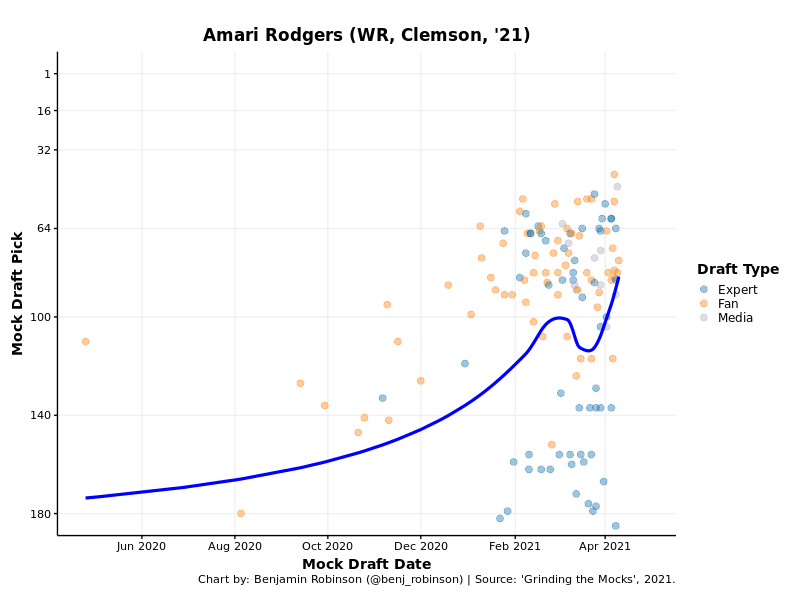
Circa recently posted prop lines for many players expected to be drafted outside of Round 1, including Rodgers, whose over/under opened at 130.5.
4/ Amari Rodgers under 130.5: -115, 1.15 units
Rodgers feels like he's on the borderline of Rounds 3-4.
— Matthew Freedman (@MattFtheOracle) April 17, 2021
Given his draft stock, I have taken a position on the under.
But aside from this prop, Rodgers has no presence in the market.
Dynasty Fantasy Analysis
Rodgers is a relatively meh-tacular prospect. He has no special attributes as a receiver, but there's talk that he might move to running back in the NFL and with his stout build and receiving skills, he could be intriguing if the position change comes to pass.
A coveted four-star recruit who received offers from Alabama, LSU and USC (among others), Rodgers ultimately enrolled at Clemson, a wise choice given how well the program has done at preparing receivers for the NFL.
Clemson head coach Dabo Swinney played receiver in college and started out at Clemson as the wide receivers coach. His eye for talent at the position is unparalleled. If a guy has the official Swinney imprimatur, he’s likely to exceed expectations in the NFL.
Of all the Clemson receivers Swinney has had a hand in recruiting, here are the six to enter the NFL no later than Round 4.
- 1.04 (2014): Sammy Watkins – 1,048 yards, nine touchdowns in second season
- 1.07 (2017): Mike Williams – 11 touchdowns in second season, 1,003 yards in third season
- 1.27 (2013): DeAndre Hopkins – six 1,000-yard campaigns and three All-Pro selections
- 2.33 (2020): Tee Higgins – 908 yards, dix touchdowns as a rookie
- 4.108 (2010): Jacoby Ford – 625 yards, seven touchdowns as a rookie with limited playing time
- 4.118 (2014): Martavis Bryant – 1,102 yards, 14 touchdowns in first 16 NFL games
I defy you to name another college program that has so reliably produced NFL-ready receivers over the past decade.
As a freshman, Rodgers was a rotational receiver behind future NFL players Hunter Renfrow, Deon Cain and Ray-Ray McCloud, finishing the season with a forgettable 19-123-0 receiving in 14 games.
As a sophomore, though, Rodgers took a significant step forward as a 15-game starter for the undefeated, championship-winning Tigers. While Rodgers had just 575 yards and four touchdowns receiving because of his underneath perimeter role, he was still No. 2 on the team with 55 receptions, trailing Higgins by just four catches for the team lead.
With the departure of Renfrow to the NFL, Rodgers seemed positioned for increased volume as a junior, especially with his move to the slot, but he suffered a torn ACL in spring practices. Amazingly, he missed just one game of the 2019 campaign and served as the No. 3 wide receiver on the team, but with his injury he played far behind Higgins and Justyn Ross and was even outproduced by running back Travis Etienne on his way to a forgettable 30-426-4 receiving.
Finally, Rodgers broke out as a senior. More than a year removed from his knee injury — and with Higgins in the NFL and Ross out for the season because of a serious neck surgery — Rodgers dominated the aerial game for the Tigers with a team-best 77-1,020-7 receiving.
While Rodgers has a little bit of an analytical anathema — he didn't break out or leave for the NFL early — he has some factors in his favor. Although he stayed in the slot for his final season, he hit career-high efficiency marks in 2020 with a 7.0-yard average depth of target (aDOT) and 0.35 expected points added per target (per SIS, 2021 Sports Info Solutions Football Rookie Handbook).
And he also played well against man and zone coverages alike (per SIS).
Positive Play Rates
- Man Coverage: 62%
- Zone Coverage: 57%
As a senior, Rodgers put his full after-the-catch ability on display with 17 broken tackles, often looking like a running back in the open field (per Pro Football Focus). And his well-rounded skill set suggests that he could have success in the NFL — especially if he switches to running back — even though he had relatively little ancillary production in college.
- Rushing: 6-46-1
- Punt Returning: 68-529-1
But Rodgers has drawbacks that can't be ignored. If he doesn't convert to running back, he will be a slot-only NFL player, which will likely limit his opportunities, especially since he's a short-yardage receiver. Last year, he was No. 1 in college football with 68 slot receptions, No. 2 with 30 screen receptions and No. 3 with 917 slot and 237 screen yards.
He's a low-aDOT slot-bound player — and that's not sexy.
And Rodgers is an average-at-best technician. He has a limited route tree, he struggles to separate when he's not schemed open, he can be disrupted by physical cornerbacks and he rounds off way too many of his routes. If Rodgers plays in the backfield in the NFL, those issues will be largely irrelevant, but if he plays in the slot he will need to improve his craft.
On top of that, Rodgers had six drops in 2020 and just five contested catches across his entire college career (per PFF). Sometimes he gets ahead of himself when gathering the ball in on receptions, and when he fights for the ball in traffic, he often comes up smaller than his size.
If everything works out perfectly for Rodgers, he could be a Deebo Samuel-esque playmaker in the NFL, taking handoffs and short catch-and-run targets for big gains thanks to a perfect combination of scheme and talent.
But the world is far from perfect, and Rodgers as a prospect lacks Samuel's bellwether ancillary production from college (25-154-7 rushing, 42-1,219-4 kick returning), and he's unlikely to have Samuel's draft capital (No. 36 in 2019).
If Rodgers goes on Day 2, maybe he'll develop into the best-case version of Ty Montgomery.
If he goes on Day 3, he will feel very Pharoh Cooper.
NFL Prospect Comp: Lynn Bowden Jr. with less ancillary production
Matthew Freedman is 1,018-828-37 (55.1%) overall betting on the NFL. You can follow him in our free app.


